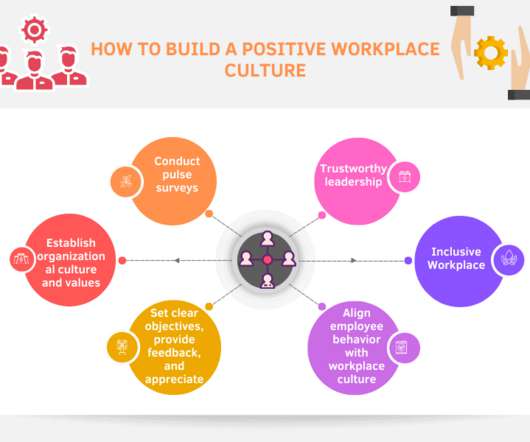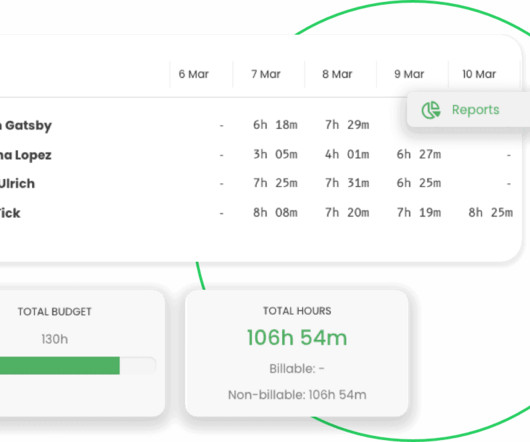Driving Toward High Performance: How HR is Evolving to Meet New Demands
EmployeeConnect
SEPTEMBER 30, 2024
This shift has spurred a growing focus on high-performance cultures within organizations, with HR playing a central role in driving these initiatives. The Demand for High Performance in a Changing Business Landscape Today’s organisations are operating in a fast-paced, often unpredictable environment.























































Let's personalize your content